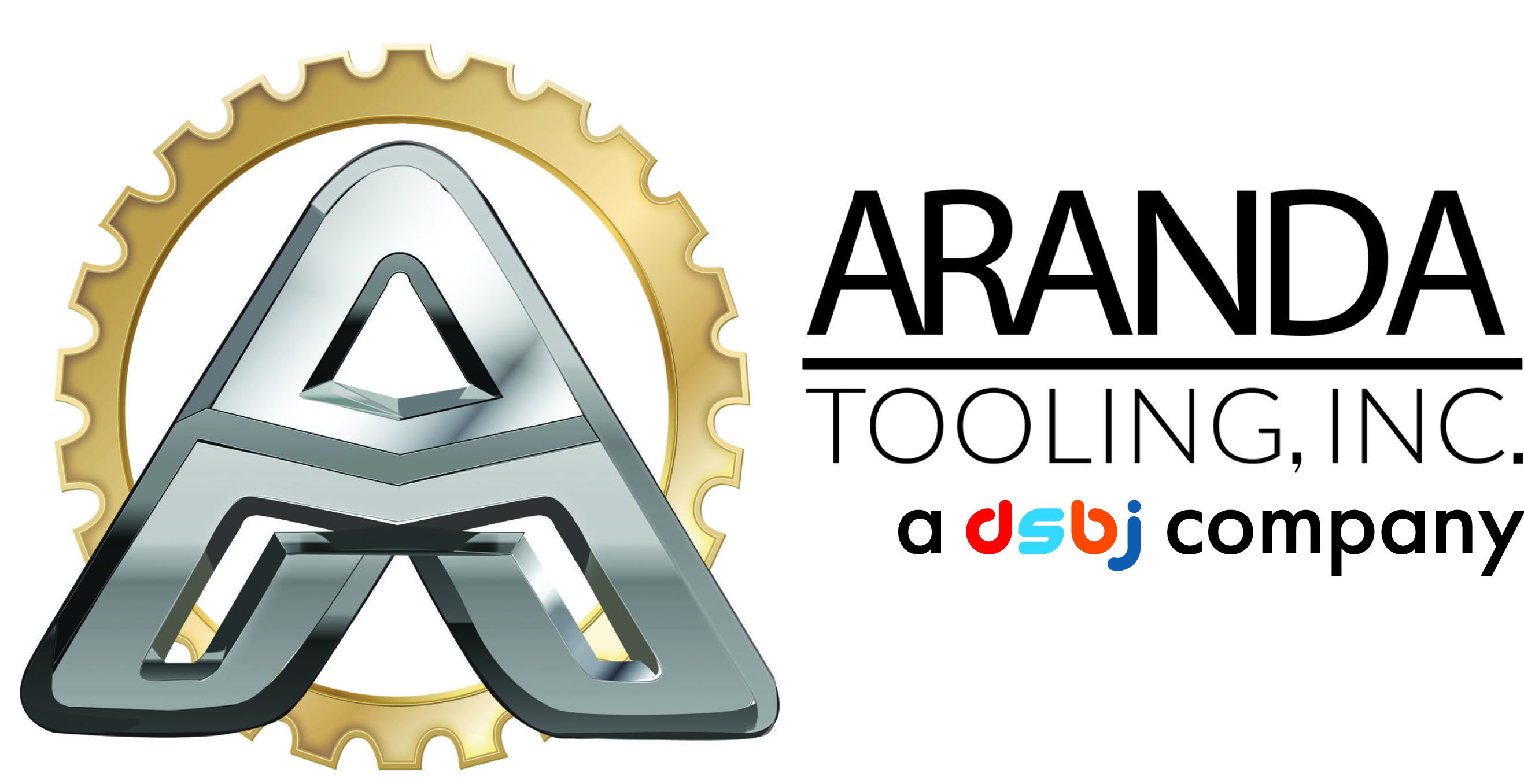Generally speaking, welding utilizes heat and pressure to fuse multiple metal components together into one. However, several welding methods are available for sheet metal operations, and each has its optimal uses. Deciding which is right for your business will depend on your application and intended material. Learn more about the many welding techniques, the metals that are compatible with these processes, and common welding applications.
Types of Welding Processes
Manufacturers can choose from several welding techniques. based on the required welds and an application’s unique needs.
Stick/Arc Welding
Employing simple, affordable equipment, this welding process involves melting a consumable electrode to form a weld. The needed heat comes from an electrical arc that develops between the metal material and the electrode.
Metal Inert Gas (MIG) Welding
MIG welding entails feeding a continuous wire through a shielding gas and welding gun, with an arc forming between the metal material and the wire. The benefits of MIG welding include the process’ capability to prevent contamination in the weld pool, generate smooth and consistent welds, and achieve speeds faster than that of other welding techniques.
Resistance Welding
This process uses a combination of electricity and pressure to generate heat that melts the metal to join components together. Metal’s resistance to the electrical current flow produces the heat necessary for this process. Like MIG welding, resistance welding offers a fast welding speed with smooth, clean welds.
Gas Metal Arc Welding (GMAW)
This alternative to MIG welding melts metal to produce a weld using a shielding gas, metal wire electrode, and constant voltage as the source of power. It’s fast like MIG welding, creates clean welds, and works in many of the same applications.
Gas Tungsten Arc Welding (GTAW)
GTAW uses a non-consumable electrode consisting of tungsten along with a shielding gas to form a weld, with the arc developing between the electrode and metal workpiece. This process is ideal for applications requiring precision welding and clean welds.
Shielded Metal Arc Welding (SMAW)
While SMAW shares similarities with stick welding, it uses an electrode coated with flux. This enables a protective shield to form around a weld pool. Equipment for SMAW, too, is simple and cost-effective.
Flux Cored Arc Welding (FCAW)
This process is also similar to stick welding, only it uses an electrode comprising a flux-filled tubular wire. The result is a rapid, efficient welding process that doesn’t require a separate flux.
Types of Metals for Welding
Different welding processes are compatible with different metals. Common options include:
- Steel. Welding processes often use steel because of its supreme strength. This versatile metal is available in many types and grades from tool or mild steel to high-strength varieties.
- Stainless steel. An alloy with chromium, this metal provides high rust and corrosion resistance. These properties make it popular in healthcare and food applications.
- Cast iron. This carbon-rich iron is suitable for creating many types of cast parts from pipes to engine blocks.
- Brass and copper. Both of these non-ferrous, conductive metals are good choices for the plumbing and electrical industries.
- Aluminum. For a corrosion-resistant metal with an optimal strength-to-weight ratio, industries like construction, automotive, and aerospace use lightweight aluminum.
- Titanium. Titanium offers the same benefits as aluminum, with the addition of its resistance to high temperatures. These qualities lend it to both healthcare and aerospace applications.
- Magnesium alloy. Like aluminum and titanium, magnesium alloy is lightweight yet strong and corrosion-resistant, which is subsequently why it’s optimal for automotive and aerospace applications.
Common Welding Applications
Typical applications for the different welding techniques include:
- Stick/arc welding. This welding process helps join thicker metals and works well for windy, outdoor environments.
- MIG welding. Applications requiring welds for thin metal sheets often use MIG welding to achieve optimal results and clean, high-quality welds.
- Resistance welding. Another welding process compatible with thin sheet metal, resistance welding integrates well with automation for high-volume production.
- GMAW. This is another welding process like MIG and resistance welding that fuses components consisting of thin metal sheets for a high-quality and consistent weld.
- GTAW. This technique is an ideal option for welding thin pieces of dissimilar metals.
- SMAW. This welding process works for joining thick metals and is compatible with outdoor applications and windy conditions.
- FCAW. FCAW is an optimal choice to achieve an efficient weld between thick metals.
Welding & Assembly Services From Aranda Tooling
For reliable welding services, trust Aranda Tooling, Inc. Our team provides comprehensive welding capabilities with an emphasis on automation and quality. We specialize in robotic welding services for optimized efficiency, cost-effectiveness, and precise, consistent welds.
For superior quality control and assurance in our welding services and products, Aranda Tooling also offers quality testing and non-destructive, visual inspections, as well as assistance in implementing quality control systems. As a result, our clients can rest assured that they will receive top-quality products that meet their exacting standards.
Our broad range of services also includes metal fabrication and stamping, laser cutting, assembly, and design and manufacturing for sheet metal dies. To learn more about our capabilities, contact us today.





 Request For
Request For
Comments are closed